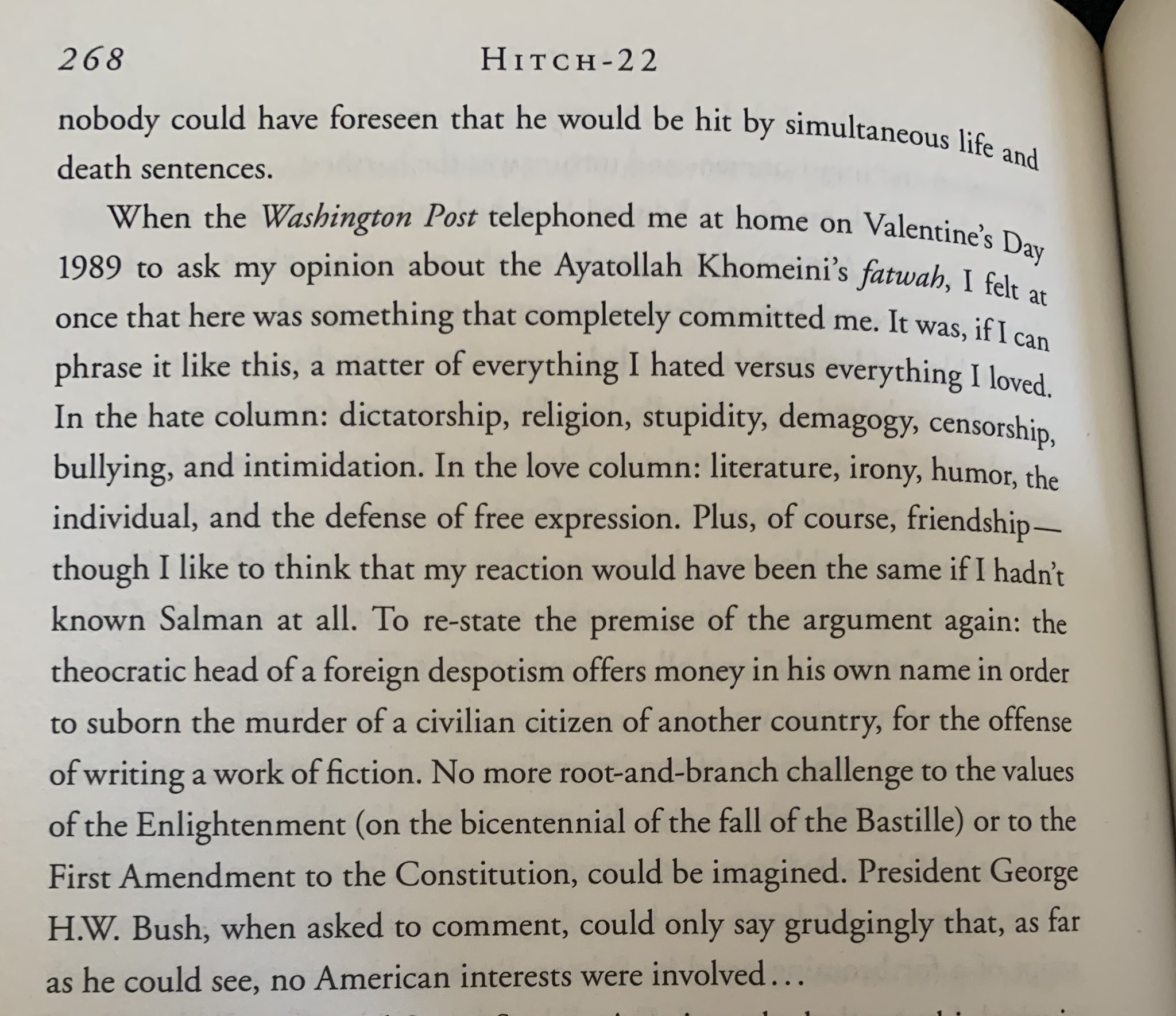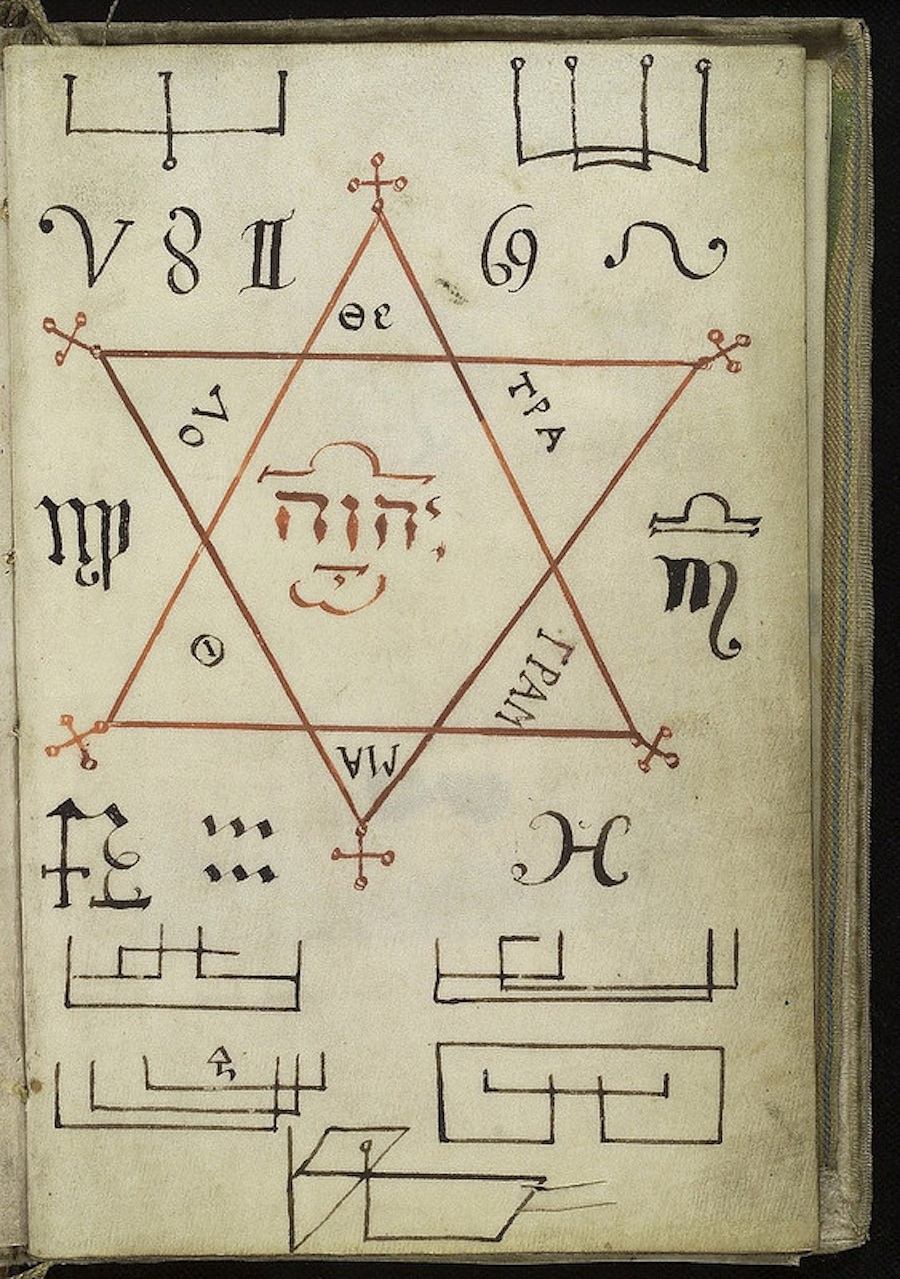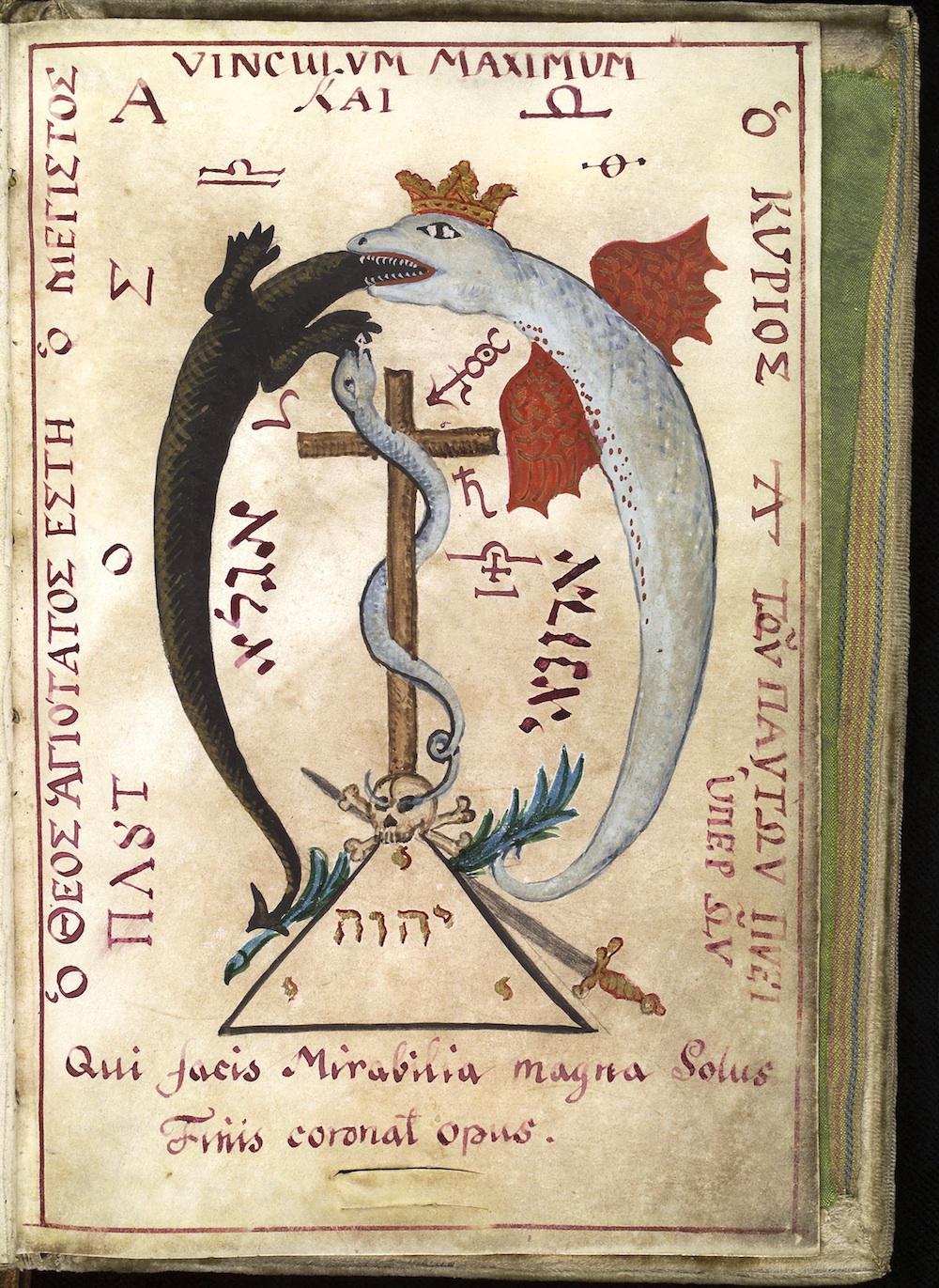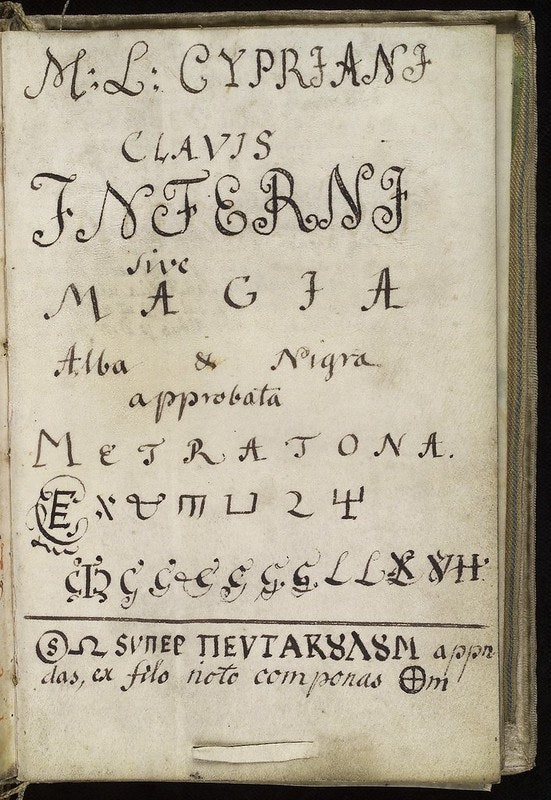The twenty-first century encourages us to regard ourselves as having evolved beyond heroes, to say nothing of myths. Such things were only useful in the pre-modern world, as yet unblessed by the conveniences, pleasures, and certainties of science and technology. What, then, explains how devoted people are to Star Wars? For scholar of mythology Joseph Campbell, author of The Hero with a Thousand Faces, George Lucas’ blockbuster space opera — and the trilogy it began — demonstrated modern man’s undiminished need for myth. Lucas returned the compliment, saying that could never have made it without the knowledge of archetypal heroes and their journeys he drew from Campbell’s work.
Campbell himself lays out this knowledge in the six interviews with journalist Bill Moyers that constitute The Power of Myth. That documentary series has just come available free to watch on the Youtube channel of distributor Kino Lorber, 34 years after its original broadcast on PBS in 1988.
At that time, Moyers says in an updated introduction, “when millions of people were yearning for a way of talking about religious experience without regard to a religious belief system, Campbell gave them the language for it.” For decades — for centuries, really — once-inviolable narratives of the world and man’s place in it had been breaking down. The inability to trace a mythological arc in their own lives has driven people in various directions: toward cults, toward health fads, toward therapy, toward pop culture.
In the mid-to-late twentieth century, this created the most opportune of conditions for Campbell’s rise as a public intellectual. Though formed by the Depression rather than the Age of Aquarius, he could adapt his teachings about ancient myth, as if by instinct, for listeners hoping to raise their consciousness. “Follow your bliss,” he said, thinking of the Hindu Upanishads, and the New Age made into a cliché. But the Campbell of The Power of Myth has much still-relevant wisdom to offer, even for those who feel plunged into a despair unique to our moment. “The world is a wasteland,” he admits. “People have the notion of saving the world by shifting it around and changing the rules and so forth.” But “the way to bring it to life is to find, in your own case, where your life is, and be alive yourself.” A hero’s journey awaits each of us, but never has there been so much to distract us from making it.
Related content:
Hear 48 Hours of Lectures by Joseph Campbell on Comparative Mythology and the Hero’s Journey
Based in Seoul, Colin Marshall writes and broadcasts on cities, language, and culture. His projects include the Substack newsletter Books on Cities, the book The Stateless City: a Walk through 21st-Century Los Angeles and the video series The City in Cinema. Follow him on Twitter at @colinmarshall, on Facebook, or on Instagram.









